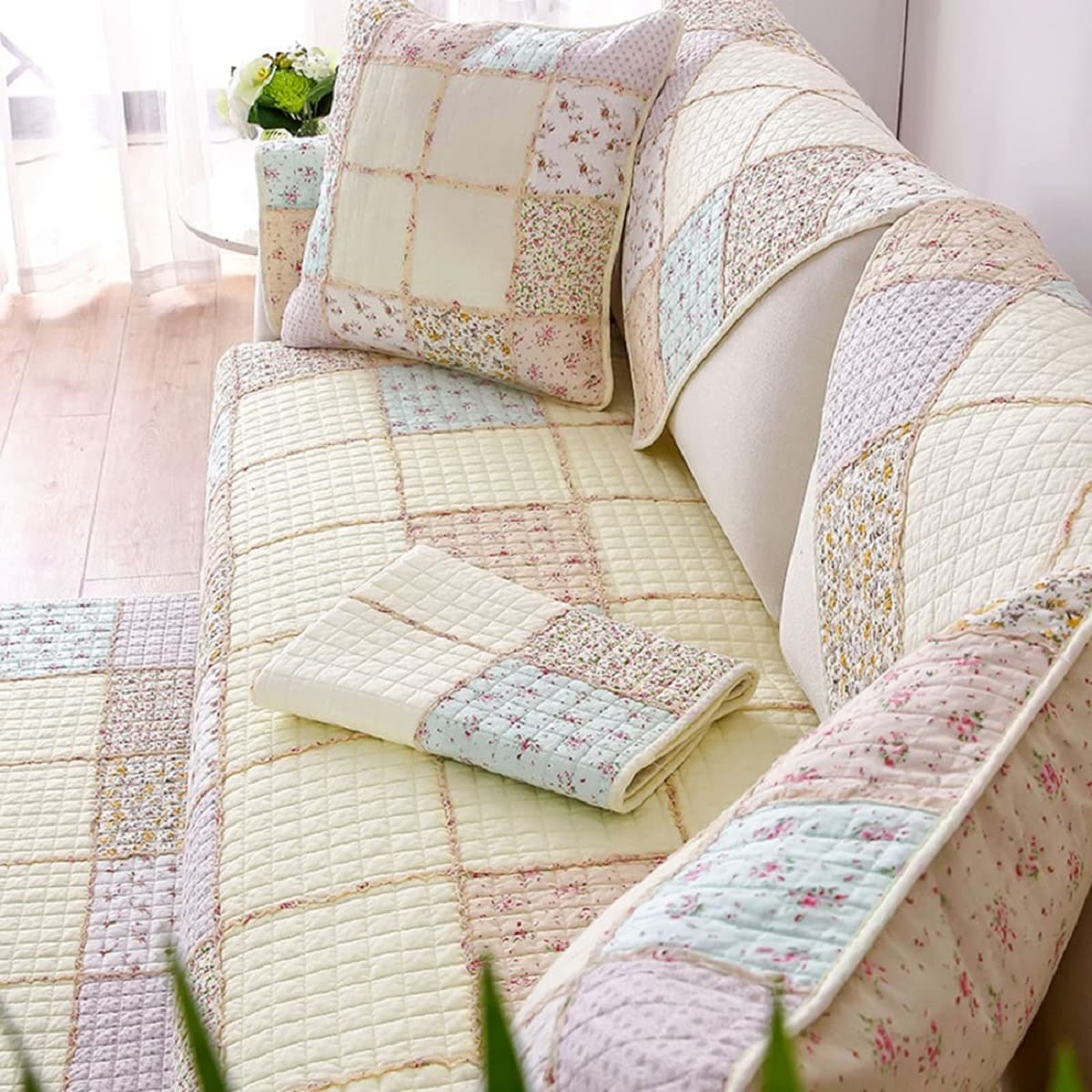

Articles
How To Use A Quilt As A Slipcover
Modified: January 5, 2024
Learn how to use a quilt as a slipcover for your furniture with these helpful articles. Transform your space with affordable and stylish DIY tips and techniques.
(Many of the links in this article redirect to a specific reviewed product. Your purchase of these products through affiliate links helps to generate commission for Storables.com, at no extra cost. Learn more)
Introduction
Slipcovers are a fantastic way to give your furniture a fresh look without the expense of purchasing new pieces. They can protect your sofas, chairs, and ottomans from spills, stains, and wear and tear while also providing an opportunity to update your home decor. While there are various options available in the market for slipcovers, using a quilt as a slipcover is a unique and charming alternative.
A quilt adds warmth, texture, and a cozy vibe to any room. It is not only functional but also visually appealing. By using a quilt as a slipcover, you can transform your furniture and create a unique and personal touch to your interior design. Whether you have an old, worn-out piece of furniture or simply want to refresh the look of your space, using a quilt as a slipcover can be a creative and cost-effective solution.
In this article, we will explore the benefits of using a quilt as a slipcover, how to choose the right quilt for your furniture, and the steps to drape and secure the quilt in place. We will also discuss the benefits and drawbacks of using a quilt as a slipcover, helping you make an informed decision for your home.
Key Takeaways:
- Using a quilt as a slipcover offers a cost-effective, customizable, and visually appealing alternative to traditional slipcovers, adding warmth, comfort, and personal style to your furniture and living space.
- While using a quilt as a slipcover provides affordability, customization, and coziness, it may require more frequent adjustments and maintenance compared to specialized slipcovers, and the fit may not be as precise.
Read more: How To Make Armchair Slipcovers
Why Use a Quilt as a Slipcover
Using a quilt as a slipcover offers a myriad of benefits that make it an attractive option for both functional and aesthetic purposes. Here are some reasons why you should consider using a quilt as a slipcover:
- Versatility: Quilts come in a wide range of patterns, colors, and materials, making them versatile enough to suit any decor style. Whether you prefer a traditional, rustic, or modern look, you can find a quilt that complements your existing furniture and enhances the overall aesthetic of your space.
- Cost-Effective: Quilts are often more affordable than custom-made slipcovers or new furniture. By repurposing a quilt as a slipcover, you can save money while still achieving a beautifully updated look for your furniture.
- Easy Maintenance: Quilts are typically machine washable, making them easy to clean and maintain. This is especially beneficial if you have young children or pets who may cause spills or accidents. Instead of struggling to remove stains or having to hire professional cleaners, you can simply toss the quilt in the washing machine and have it fresh and clean again.
- Adds Comfort: Quilts are designed for warmth and comfort, making them an excellent choice for a slipcover. When using a quilt as a slipcover, you not only protect your furniture from wear and tear but also add an extra layer of coziness for you and your family to enjoy.
- Customizable: Quilts offer endless customization options. If you have a sentimental quilt that has been passed down through generations or one that you made yourself, using it as a slipcover adds a personal touch and a sense of nostalgia to your space. Additionally, quilts can be easily embellished or modified to reflect your style preferences.
By using a quilt as a slipcover, you can achieve a unique and stylish look for your furniture while enjoying the practical benefits it offers. The versatility, affordability, and ease of maintenance make quilts an appealing choice for those looking to update their home decor without breaking the bank.
Choosing the Right Quilt for Your Slipcover
When it comes to choosing the right quilt for your slipcover, there are a few factors to consider to ensure the best fit and aesthetic appeal. Here are some tips to help you choose the perfect quilt:
- Size: Measure your furniture to determine the appropriate size of the quilt. You want the quilt to fully cover the surface of the furniture while allowing for some draping and tucking. Consider the width, depth, and height of your furniture to find a quilt that provides adequate coverage.
- Material: Consider the material of the quilt, as it can affect both the comfort and durability of the slipcover. Quilts made with natural fibers like cotton or linen are breathable, soft, and easy to maintain. Synthetic blends may offer more durability and stain resistance, but they may not have the same cozy feel as natural fibers.
- Pattern and Color: Choose a quilt pattern and color that complements your existing decor. You may opt for a bold and vibrant quilt to make a statement or a subtle, neutral one to create a more relaxed and harmonious look. Consider the overall color scheme and style of your room to ensure the quilt blends seamlessly with the surroundings.
- Texture: The texture of the quilt can add dimension and visual interest to your furniture. Consider whether you want a quilt with intricate stitching or a smoother, simpler texture. The texture should not only enhance the appearance but also provide a comfortable seating experience.
- Weight: Consider the weight of the quilt, especially if you live in a climate with fluctuating seasons. Lighter quilts are suitable for warmer months, while heavier ones provide warmth and coziness during colder seasons.
Take the time to browse different quilt options, either in stores or online, and compare their sizes, materials, patterns, colors, textures, and weights. By considering these factors and choosing a quilt that aligns with your preferences and the needs of your furniture, you can create a slipcover that is not only functional but also visually appealing.
Preparing Your Furniture for the Slipcover
Before draping the quilt over your furniture, it’s important to properly prepare the piece to ensure a smooth and secure fit. Here are the steps to prepare your furniture for the slipcover:
- Clean the furniture: Remove any dust, dirt, or stains from the furniture. Vacuum or wipe down the surface to ensure it is clean and free from debris. This step will help the slipcover adhere better and prevent any unwanted marks or damage to the quilt.
- Remove any loose or decorative items: Take off any loose cushions, pillows, or decorative elements from the furniture. These items can be added back after draping the quilt or replaced with decorative pillows that enhance the slipcover’s look.
- Smooth out creases or wrinkles: If your furniture has any creases or wrinkles, take the time to smooth them out. Use your hands or a steamer to gently remove any folds or wrinkles in the fabric. This will create a neater appearance once the slipcover is in place.
- Secure loose or sagging parts: If your furniture has any loose or sagging parts, such as springs or loose fabric, try to secure them before adding the slipcover. This will ensure a tighter fit and prevent the slipcover from shifting or sliding around.
- Protect fragile areas: If your furniture has delicate or fragile areas, such as wooden arms or decorative trims, consider using protective coverings to prevent any damage or scratches from the slipcover. Adhesive felt pads or fabric protectors can be applied to these areas before draping the quilt.
By properly preparing your furniture before adding the slipcover, you will ensure a secure fit that not only looks neat but also enhances the overall appearance of your furniture. Taking the time to clean, smooth, and secure your furniture will result in a slipcover that stays in place and provides a polished and inviting look to your space.
Draping the Quilt Over Your Furniture
Once you have prepared your furniture, it’s time to drape the quilt over it. Follow these steps to ensure a smooth and attractive fit:
- Start with the back: Begin by draping the quilt over the back of your furniture. Make sure the quilt hangs evenly on both sides, covering the entire backrest of the furniture.
- Extend to the seat: Pull the quilt down from the back to cover the seat of the furniture. Smooth out any wrinkles or creases as you go, making sure the quilt is evenly distributed.
- Adjust the length: If the quilt is longer than your furniture, you can adjust the length by folding or tucking the excess fabric. This will give a tailored and neat appearance to the slipcover.
- Ensure the quilt covers all sides: Make sure the quilt covers the sides of the furniture as well, extending down to the floor. This will provide a cohesive and finished look to the slipcover.
- Arrange the quilt: Arrange the quilt to ensure it is smooth and even all around the furniture. Adjust the fabric as needed to create a uniform and appealing appearance.
- Tuck any excess fabric: If there is excess fabric, especially around the cushions or armrests, tuck it tightly into the crevices to achieve a snug fit. This will prevent the slipcover from shifting or sliding around.
As you drape the quilt over your furniture, take your time to arrange it properly and ensure a snug and attractive fit. Smooth out any wrinkles or creases, and make adjustments as necessary to create a clean and tailored look. By carefully draping the quilt, you can achieve a slipcover that enhances the aesthetic appeal of your furniture and adds a cozy and inviting touch to your space.
When using a quilt as a slipcover, make sure to choose a quilt that is large enough to cover the entire piece of furniture. Tuck and secure the quilt into the crevices to ensure a snug fit.
Read more: How To Use Quilt Templates
Tucking and Securing the Quilt in Place
After draping the quilt over your furniture, it’s important to tuck and secure it to ensure it stays in place and maintains a neat appearance. Follow these steps to tuck and secure the quilt:
- Tuck the quilt into the seat creases: Start by tucking the excess quilt fabric into the creases and gaps between the seat cushions. This will help anchor the slipcover and prevent it from moving or shifting as you use the furniture.
- Smooth out any wrinkles: As you tuck the quilt, make sure to smooth out any wrinkles or folds. This will give a clean and polished look to the slipcover.
- Secure with upholstery pins or clips: To further secure the quilt, you can use upholstery pins or clips. Place them discreetly along the seams or edges of the furniture to keep the slipcover in place. Ensure they are securely fastened but be careful not to cause any damage to the fabric or furniture.
- Add additional securing methods: Depending on the shape and structure of your furniture, you may need to use additional methods to secure the quilt. For example, you can use Velcro strips, elastic bands, or even decorative ribbons that can be tied or looped to keep the slipcover snug and prevent shifting.
- Smooth and adjust the quilt: Once the slipcover is secured, smooth out any remaining wrinkles or bulges. Adjust the quilt to ensure a tight and tailored look, paying attention to the corners, edges, and any decorative details.
By tucking and securing the quilt in place, you can enjoy a slipcover that stays neat and tidy, even with regular use. The tucking process not only helps to keep the quilt in place but also provides a smooth and well-fitted appearance. Take the time to adjust and smooth out the fabric for a polished and professional finish.
Adding Finishing Touches
Once you have draped and secured the quilt as your slipcover, it’s time to add the finishing touches to enhance the overall look and functionality. Here are some ideas to consider:
- Decorative pillows: Add some decorative pillows that complement the color scheme and style of the quilt. These pillows can provide extra comfort and enhance the visual appeal of your furniture.
- Throws or blankets: If you want to add an extra layer of coziness, drape a matching or contrasting throw or blanket over the back or armrests of the furniture. This will not only provide warmth but also add texture and interest to the slipcover.
- Accessories: Consider adding accessories such as a table runner, coasters, or a side table to further enhance the look and functionality of the furniture. These small details can tie the whole room together and create a cohesive and inviting space.
- Regular maintenance: Keep your quilt slipcover looking fresh by regularly washing and maintaining it. Follow the care instructions provided with the quilt to ensure its longevity. Spot clean any accidents or spills promptly to prevent stains from setting.
- Reposition as needed: Over time, the slipcover may require readjustment or smoothing out. Take the time to reposition and adjust the quilt as needed to keep it looking neat and in place.
- Showcase the quilt: If you have a particularly beautiful or sentimental quilt, consider showcasing it as a statement piece by draping it over a chair or sofa without using it as a slipcover. This allows the quilt to be the focal point of the room and adds a touch of warmth and charm.
By adding these finishing touches, you can elevate the look and functionality of your quilt slipcover. Whether it’s through decorative pillows, throws, or other accessories, these small details can make a significant impact and create a cozy and personalized space in your home.
Benefits and Drawbacks of Using a Quilt as a Slipcover
Using a quilt as a slipcover offers several benefits, but it’s important to consider the potential drawbacks as well. Here are the benefits and drawbacks of using a quilt as a slipcover:
Benefits:
- Cost-effective: One of the major advantages of using a quilt as a slipcover is that it is often more affordable than purchasing a custom slipcover or new furniture. Quilts can be found at various price points, allowing you to achieve a fresh look without breaking the bank.
- Customizable: Quilts offer endless options for customization. Whether you have a sentimental quilt passed down through generations or a quilt you’ve made yourself, using it as a slipcover adds a personal touch to your furniture and brings unique character to your space.
- Visual appeal: Quilts come in a wide range of patterns, colors, and textures, making them visually appealing. They can add warmth, texture, and a cozy vibe to your furniture, instantly transforming the look of a room.
- Ease of maintenance: Quilts are often machine washable, making them easy to clean and maintain. This is especially beneficial if you have children or pets. Instead of struggling to remove stains or hiring professional cleaners, you can simply wash the quilt as needed.
- Warmth and comfort: Quilts are designed for warmth and comfort, making them perfect for use as slipcovers. They provide an additional layer of cozy cushioning and can enhance the comfort of your furniture.
Drawbacks:
- Fit may not be precise: Quilts are not tailor-made for specific furniture pieces, so the fit may not be as snug or precise as a custom slipcover. You may need to tuck, fold, or adjust the quilt regularly to keep it in place and maintain a clean look.
- Less protective: While quilts offer some level of protection to your furniture, they may not provide the same level of coverage and protection as specialized furniture slipcovers. They may not fully safeguard your furniture against spills, stains, or excessive wear and tear.
- Limited style options: While quilts come in various patterns and colors, the range of options may be more limited compared to dedicated slipcovers. Finding a quilt that matches your specific style preferences and existing decor may require more effort.
- Maintenance may be more frequent: Quilts may require more frequent washing or cleaning compared to other slipcover options. Depending on the material of the quilt and its exposure to daily use, it may accumulate dirt, pet hair, or odors more quickly.
Considering these benefits and drawbacks will help you make an informed decision about whether using a quilt as a slipcover is the right choice for your furniture. It offers affordability, customization, and visual appeal, but may require more regular adjustments and maintenance compared to specialized slipcovers.
Conclusion
Using a quilt as a slipcover is a unique and charming way to refresh your furniture and elevate the aesthetics of your space. Quilts offer a versatile and cost-effective alternative to traditional slipcovers, bringing warmth, texture, and personality to your home. They allow you to infuse your personal style into your furniture and create a cozy and inviting atmosphere.
When choosing a quilt for your slipcover, consider factors such as size, material, pattern, and texture to ensure the best fit and visual appeal. Properly preparing your furniture by cleaning, smoothing, and securing loose parts sets the foundation for a successful slipcover application. Draping the quilt over your furniture and tucking it in place creates a snug and tailored look, while adding finishing touches like decorative pillows and throws further enhance its beauty and functionality.
Using a quilt as a slipcover comes with numerous benefits, including cost-effectiveness, customization options, visual appeal, ease of maintenance, and added warmth and comfort. However, it’s important to acknowledge the potential drawbacks, such as a less precise fit, limited style options, and the need for more frequent adjustments and maintenance.
In summary, using a quilt as a slipcover can be a creative and practical solution to update your furniture and transform your living space. It offers a unique and personal touch, allowing you to showcase the beauty of quilting craftsmanship while protecting and enhancing the look of your furniture. Consider the benefits and drawbacks discussed in this article, and make an informed decision that aligns with your style preferences, budget, and maintenance capabilities.
Frequently Asked Questions about How To Use A Quilt As A Slipcover
Was this page helpful?
At Storables.com, we guarantee accurate and reliable information. Our content, validated by Expert Board Contributors, is crafted following stringent Editorial Policies. We're committed to providing you with well-researched, expert-backed insights for all your informational needs.
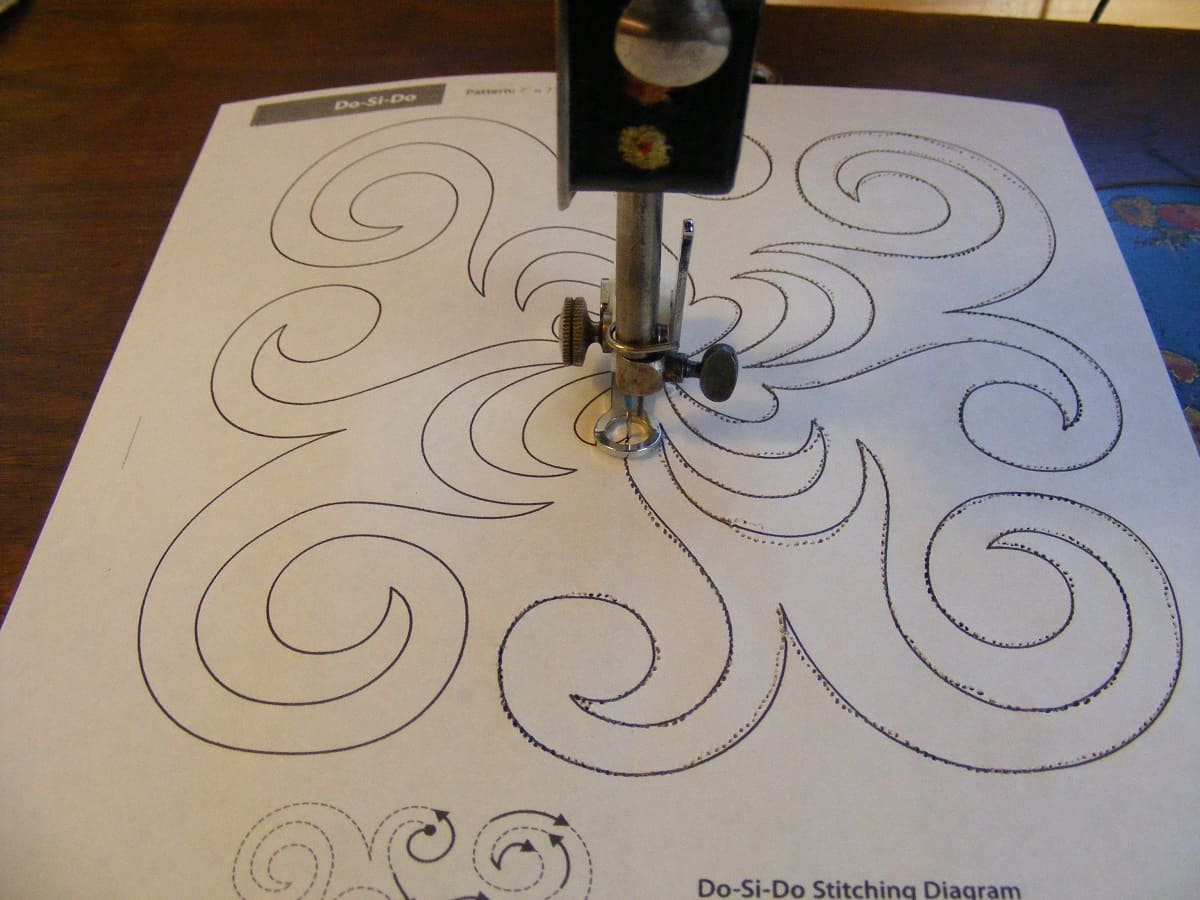
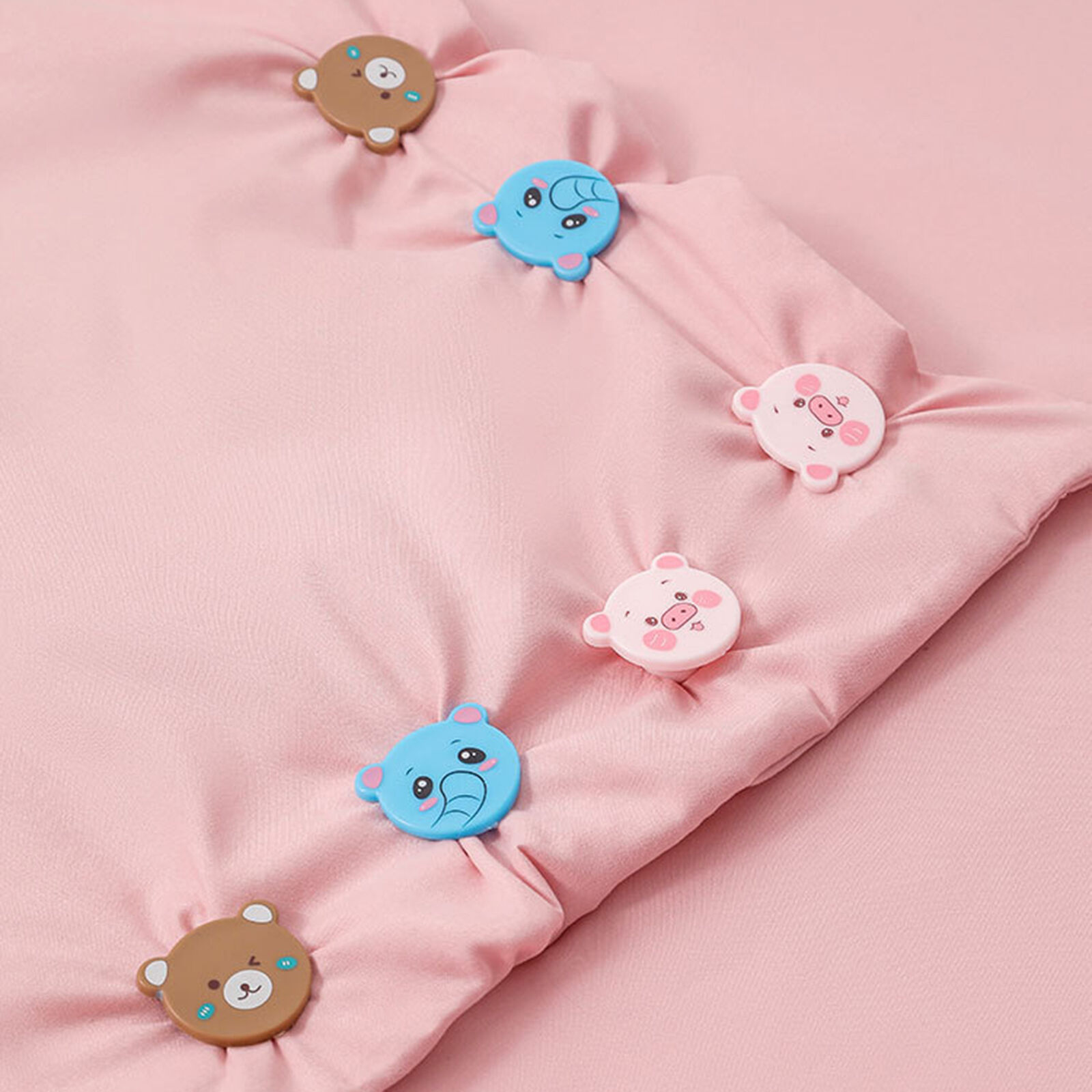
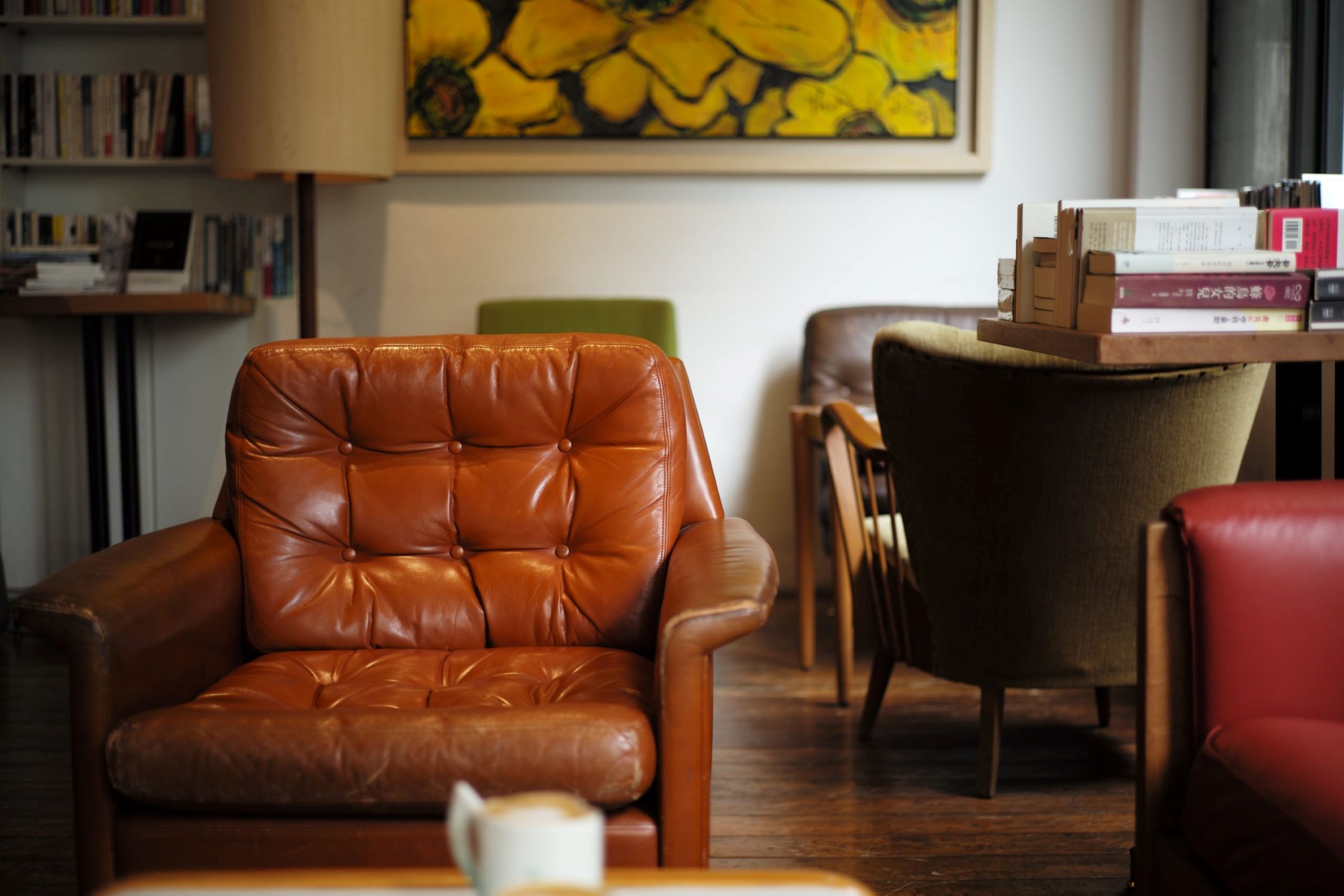
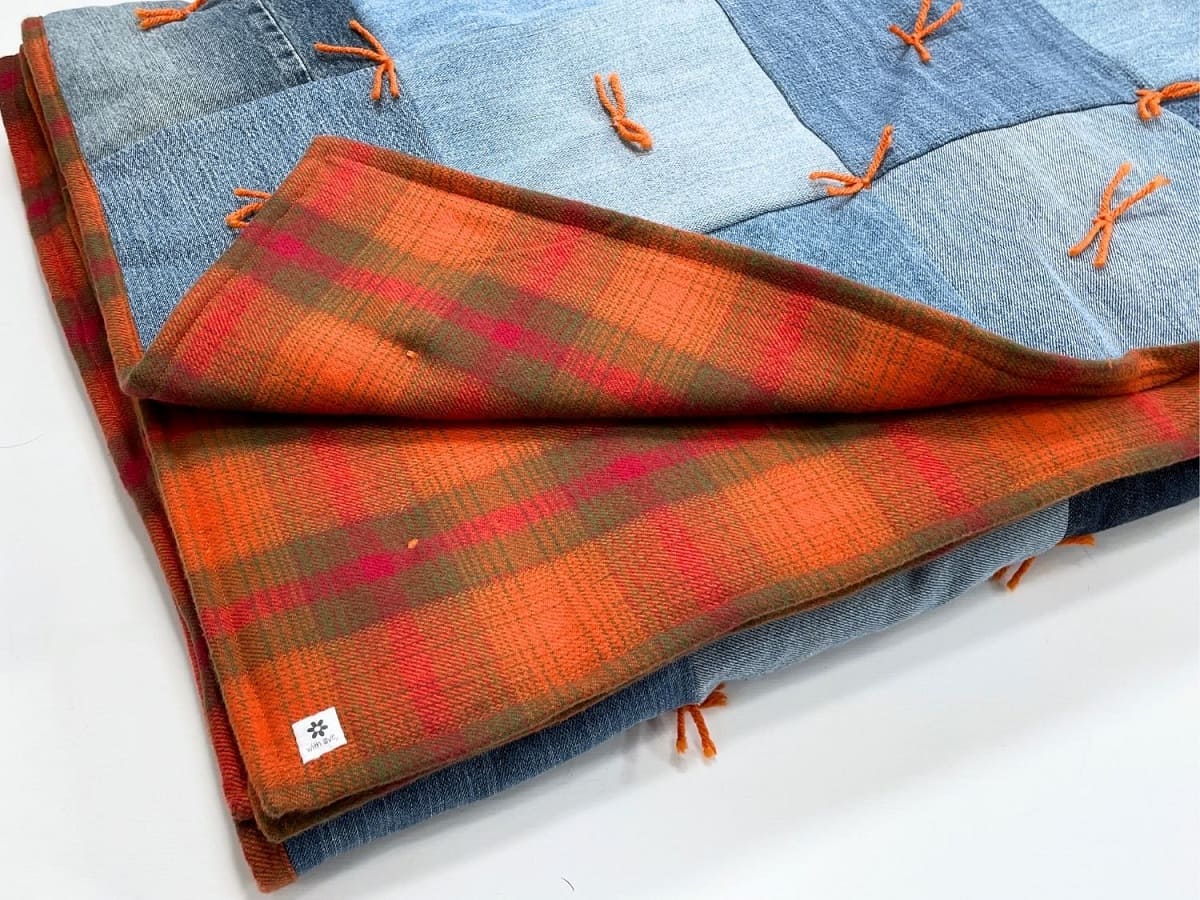
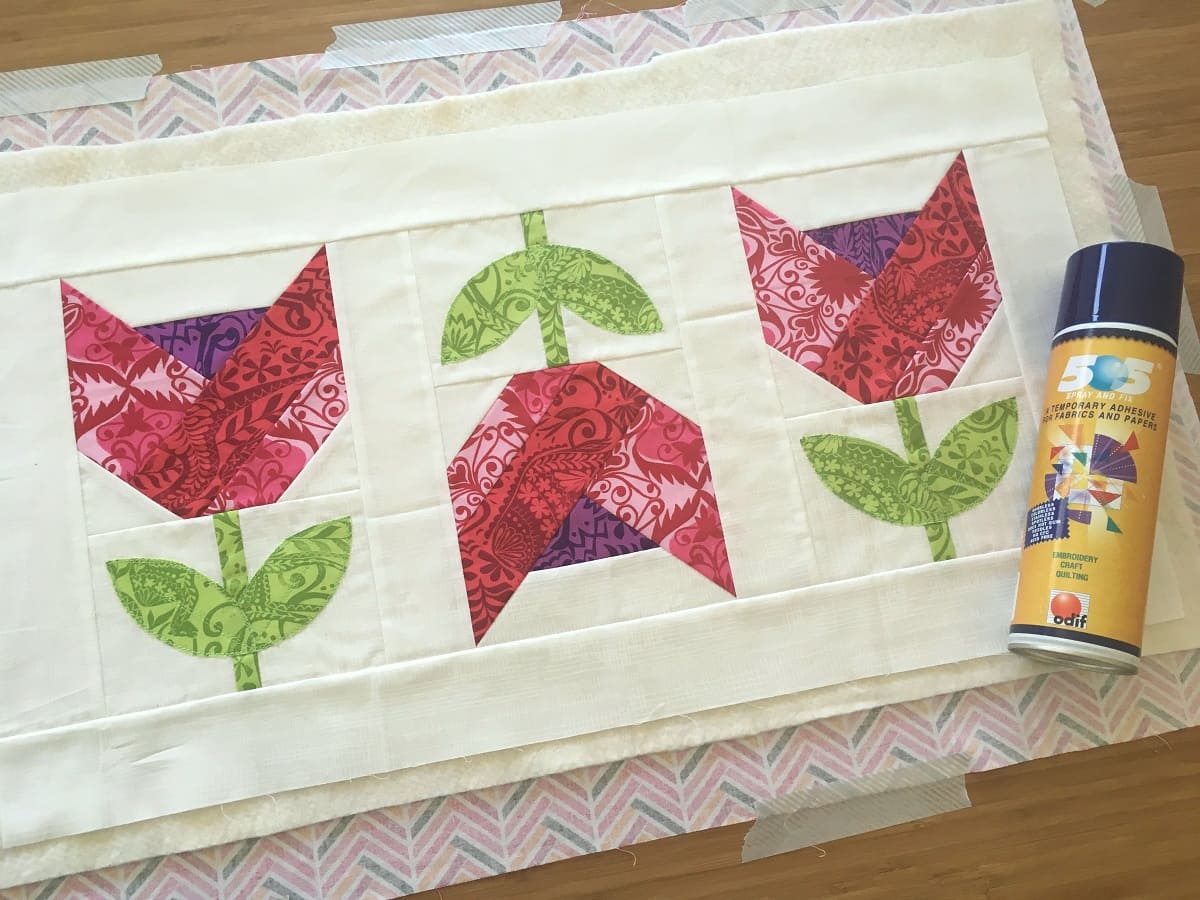
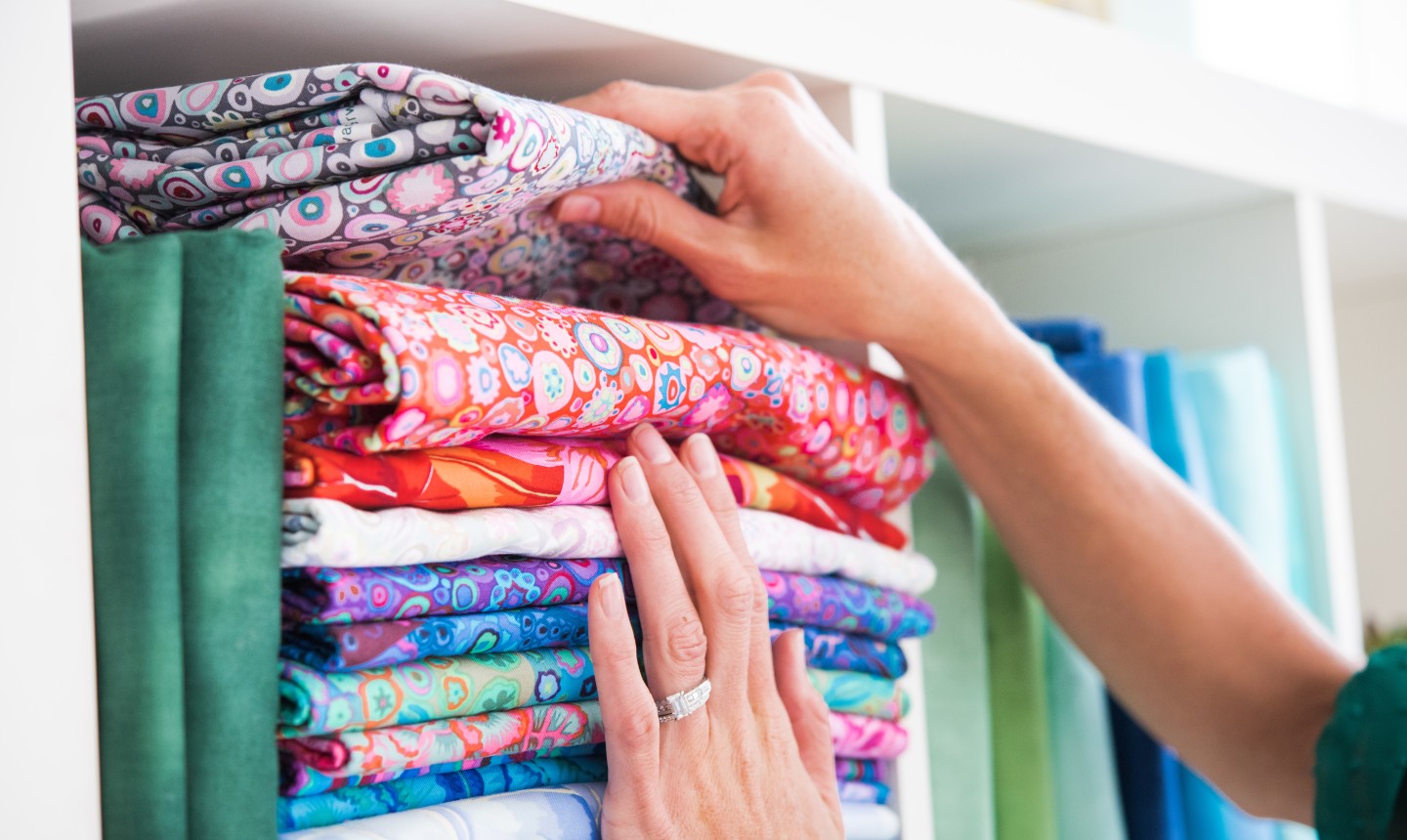
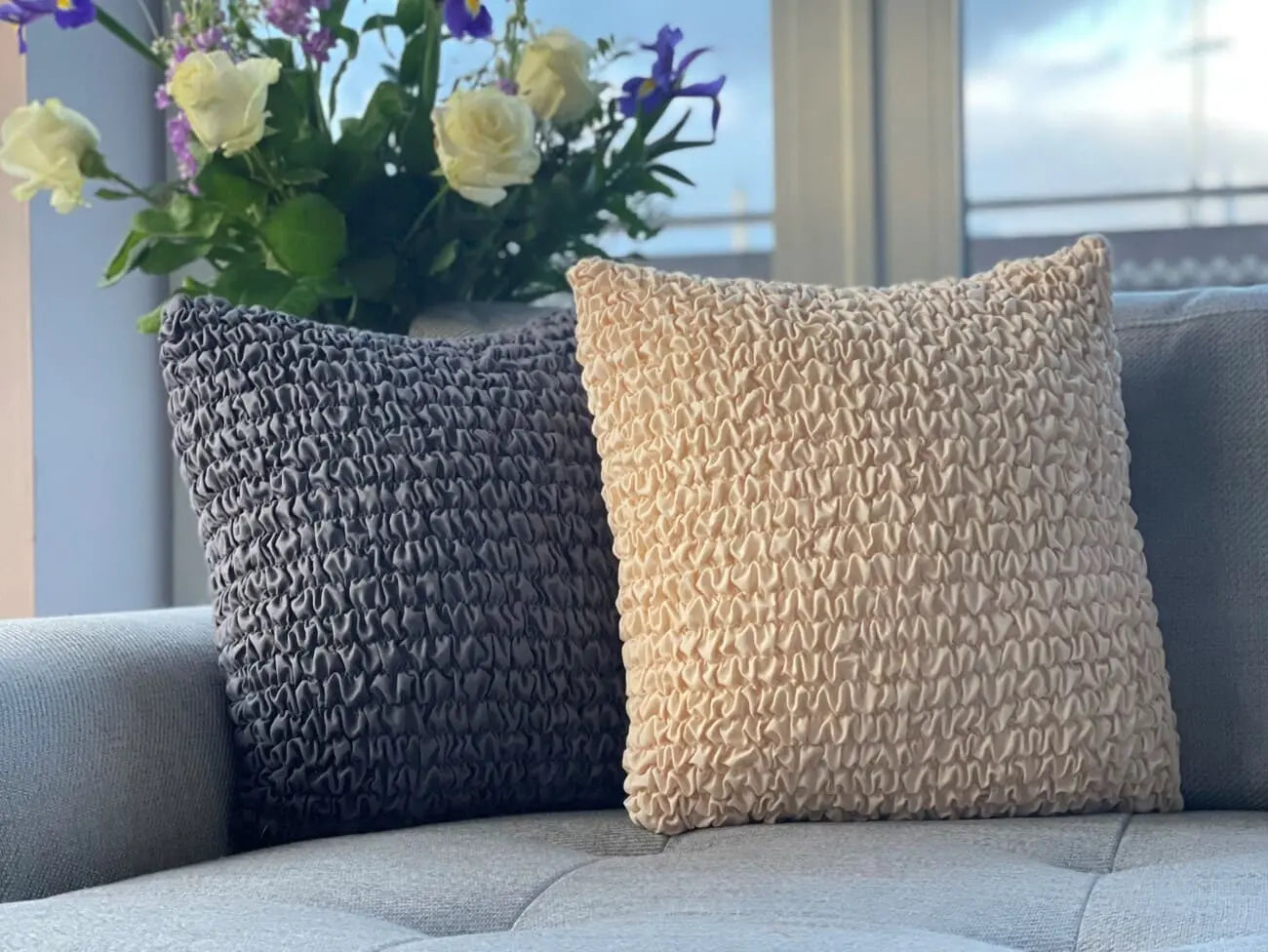
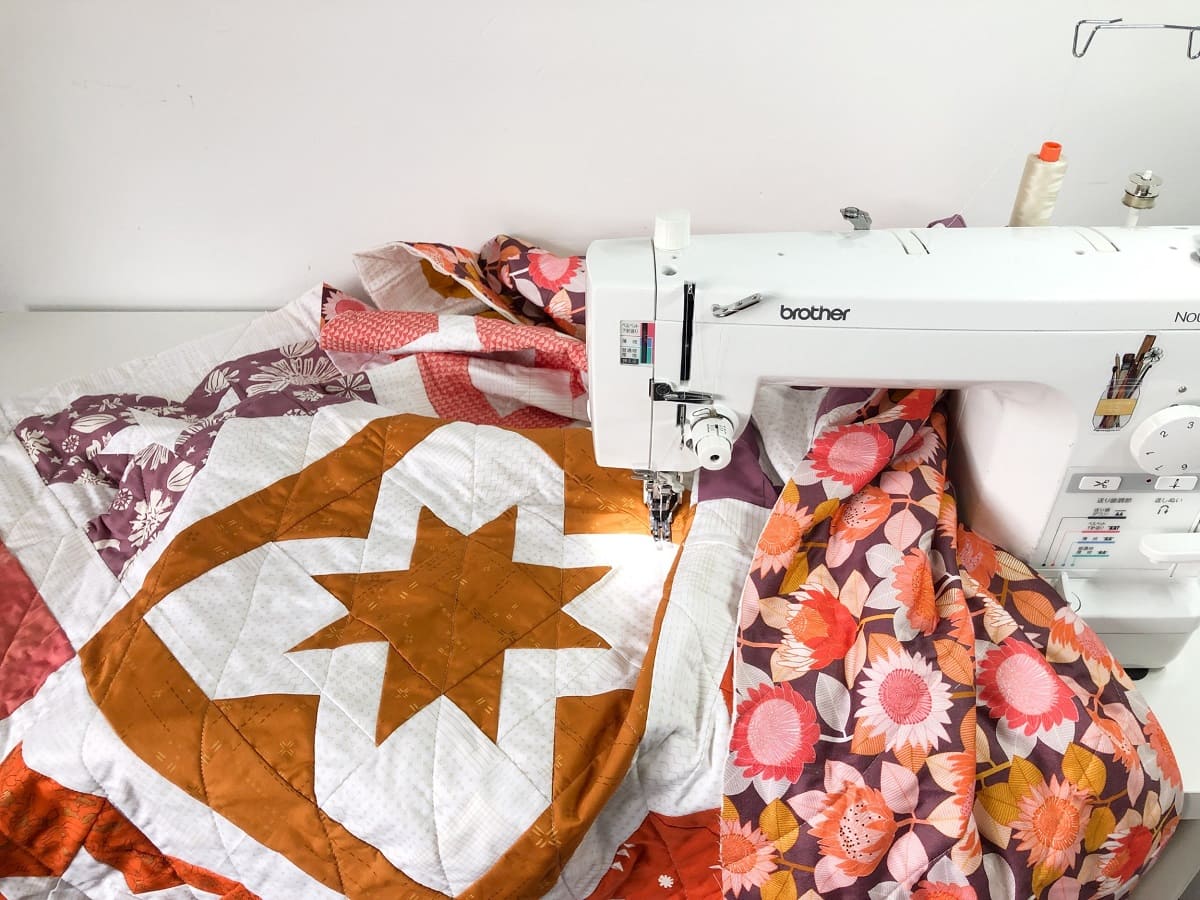
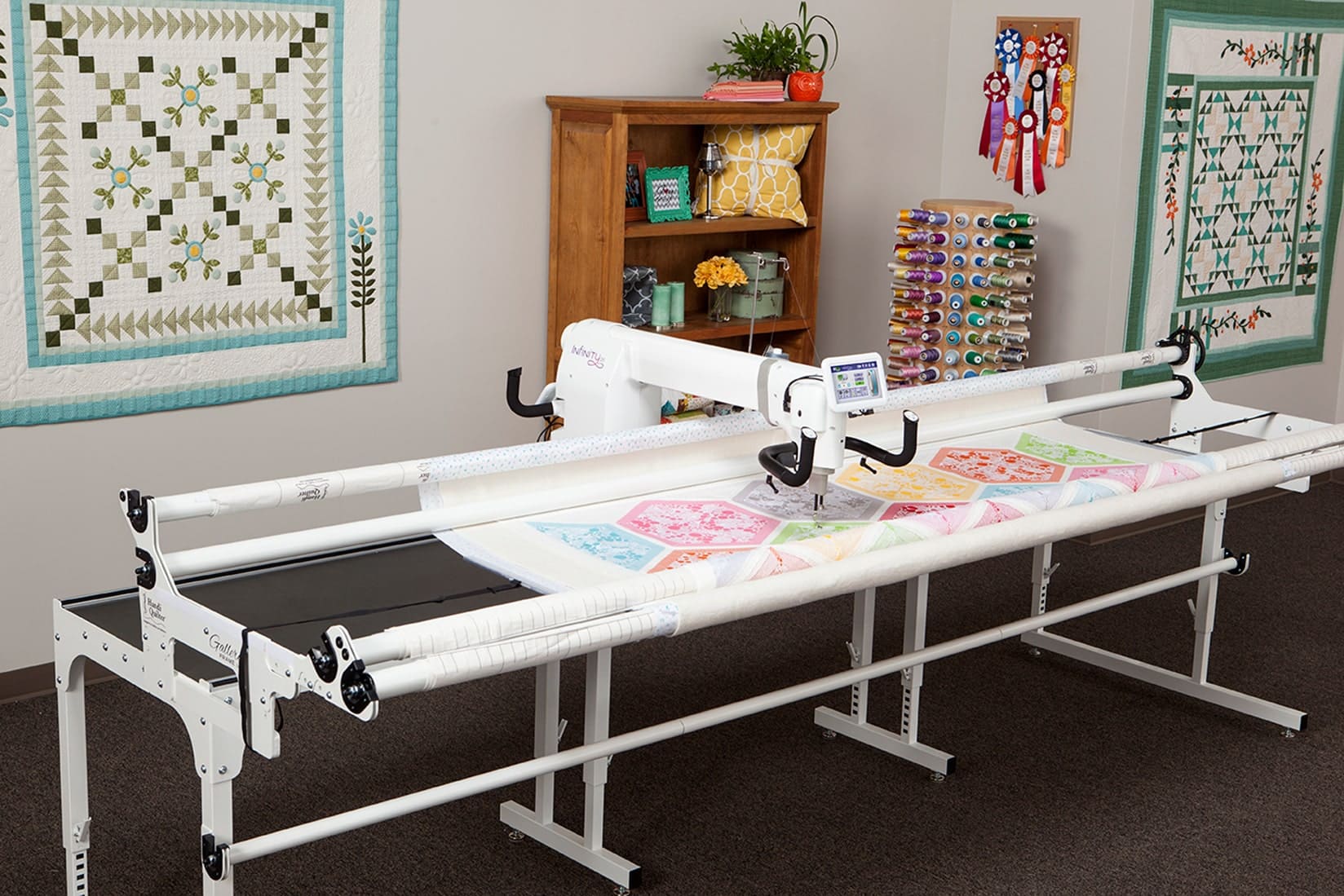
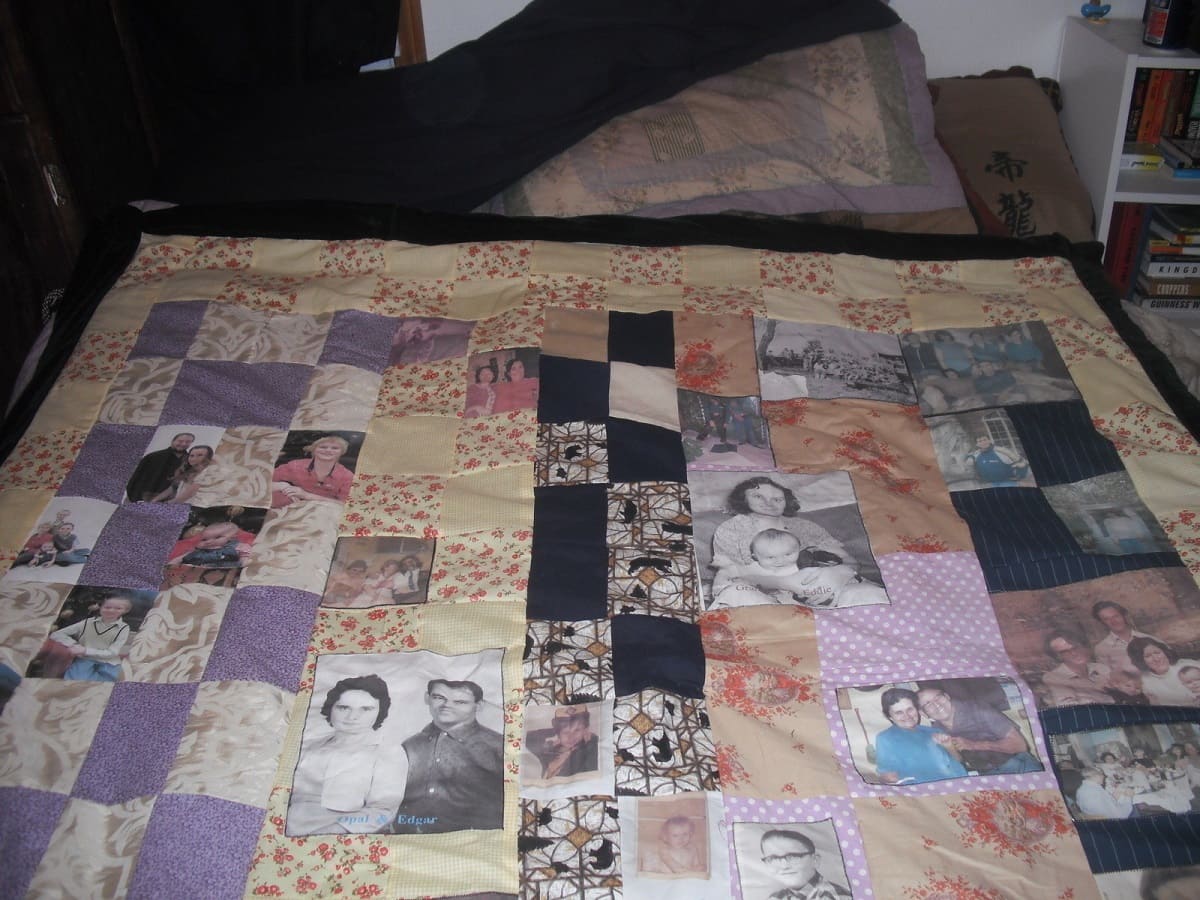
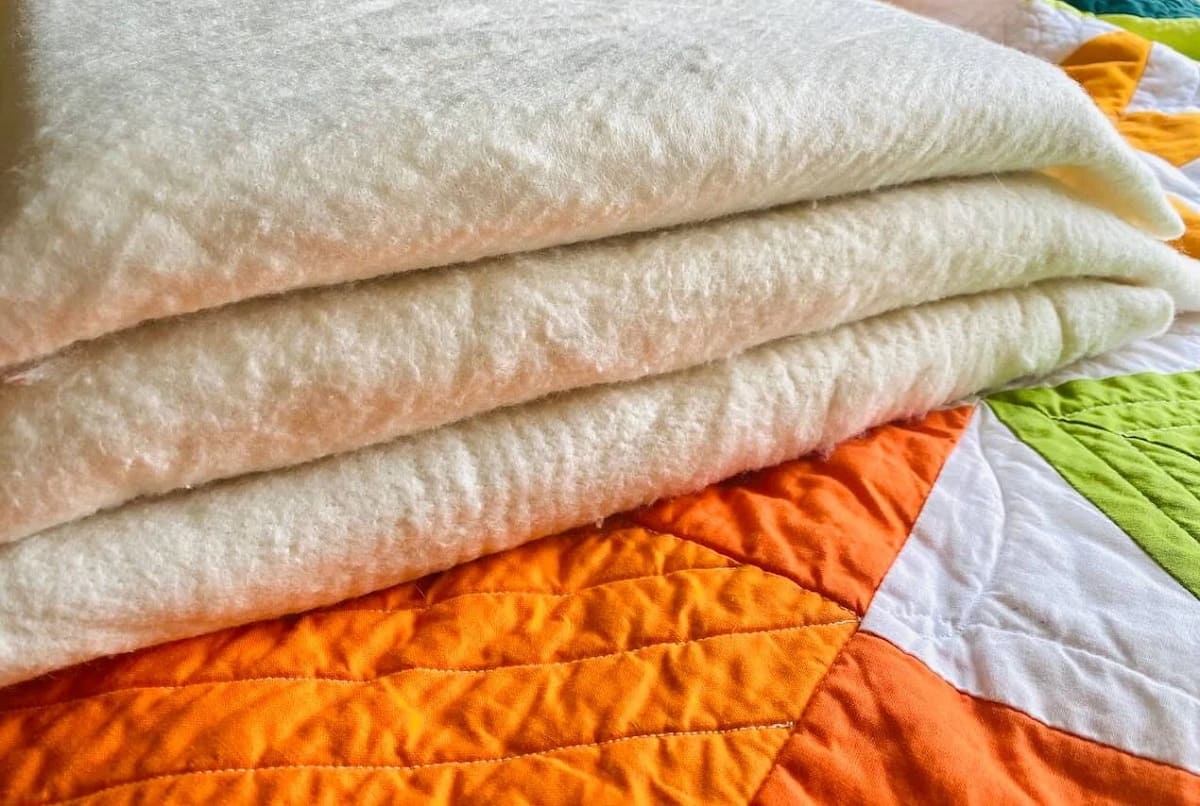

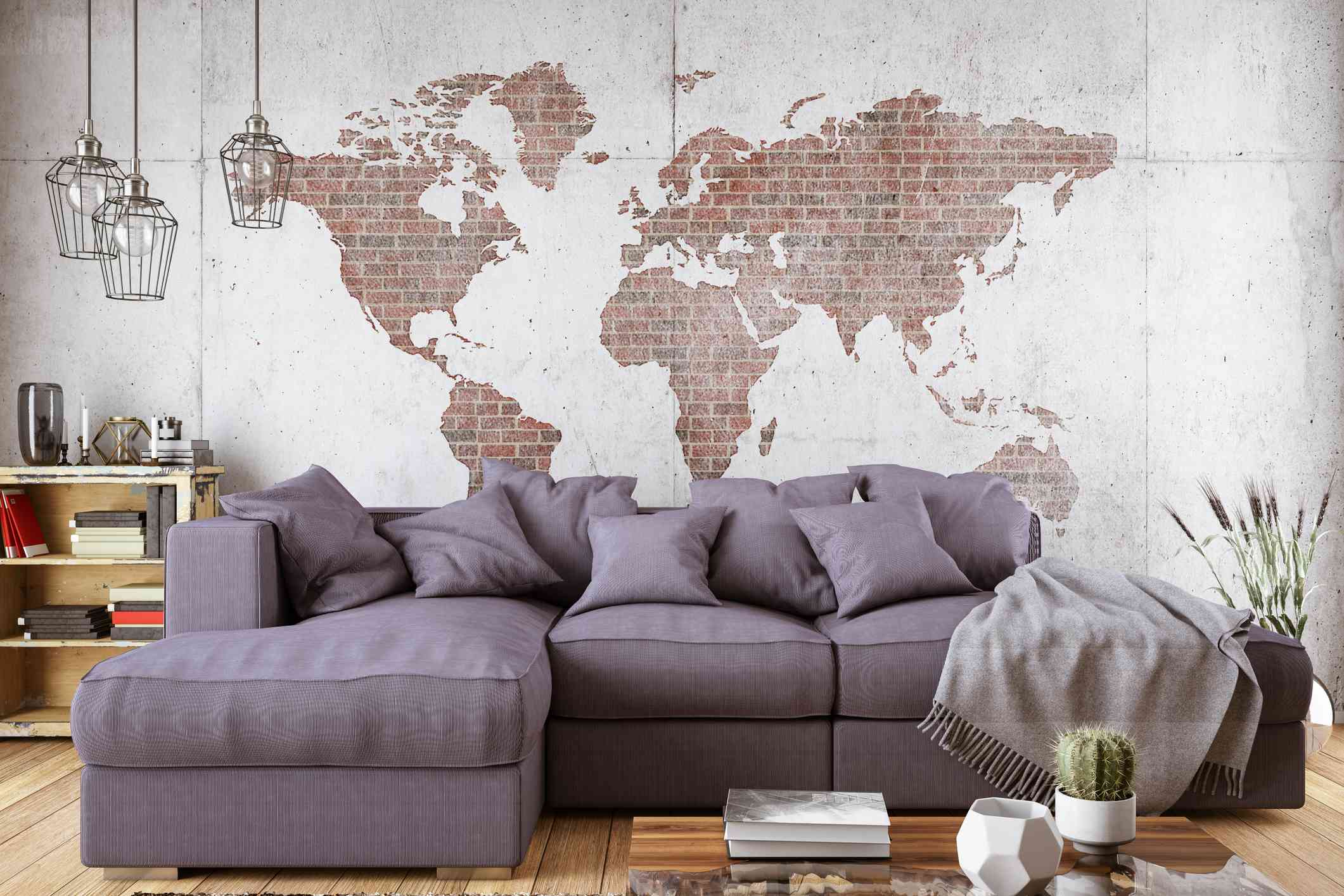
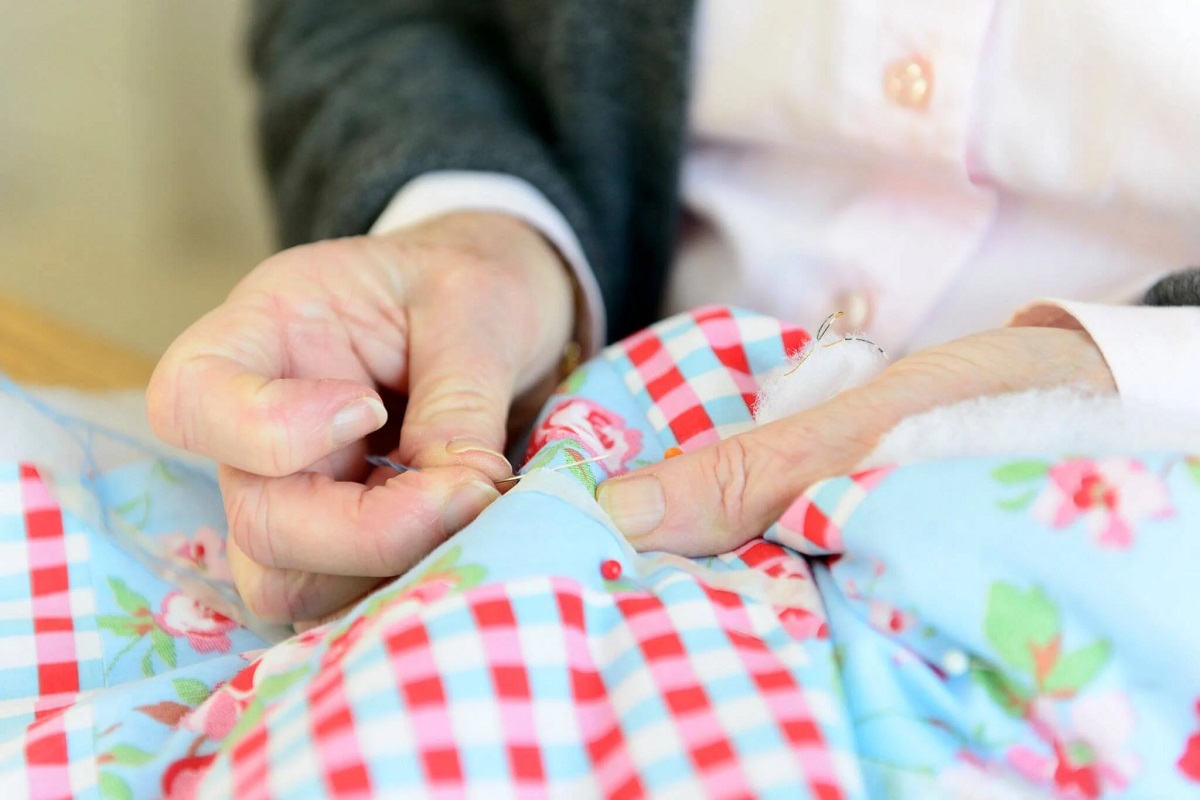

0 thoughts on “How To Use A Quilt As A Slipcover”